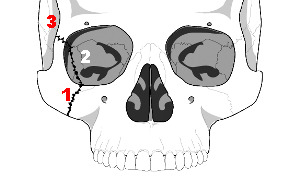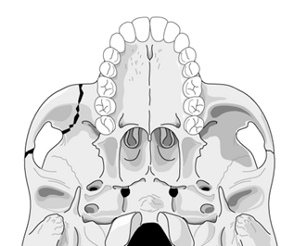The Centers for Disease Control and Prevention (CDC) published a set of Guidelines for Field Triage two years ago. Click here to download them. They list 4 tiers of activation criteria to help prehospital providers triage patients appropriately to trauma centers.
Tier 1, which are physiologic criteria, and Tier 2 (anatomic criteria) are very accurate in predicting injury serious enough to require trauma team activation. Tier 3 contains mechanism criteria, and many centers who use these verbatim in their activation criteria end up with a fair amount of overtriage. Some centers even see a significant number of patients who meet Tier 3 criteria go home from the ED!
The Yale department of Emergency Medicine looked at intrusion into vehicle criteria (more than 12" near an occupant, more than 18" anywhere on the vehicle) to see if they are a valid predictor for admission or trauma center transport. It was a retrospective review of EMS transports to the Yale ED or to one satellite site.
Unfortunately, the number of vehicles that met intrusion criteria (48) was small compared to the number without significant intrusion (560). This makes the data a little less convincing than it may have been. The likelihood that intrusion would require trauma center admission (Positive Predictive Value) was only 26%. The likelihood that trauma center resources would be utilized (for issues like death, ICU stay, operation, spinal injury or intracranial hemorrhage) was only 13%. The authors recommend that the CDC guidelines be tweaked based on this data.
Bottom line: I think the numbers are far too small to convince the CDC to change their guidelines. But I would urge each trauma center that uses the intrusion criteria for activation to carefully study how many of those patients have minor injuries or go home from the emergency department. They may find that they can rely on other more accurate criteria and decrease their overtriage rate at the same time.
Reference: Motor vehicle intrusion alone does not predict trauma center admission or use of trauma center resources. Prehospital Emerg Care 15:203-207, 2011.




